Sandra Cisneros on how art changes lives

Transcript
[The words “Art is” appear, followed by scrolling words…Empathy, Political, Hope, Powerful, Social Change…it stops at Representation. Art Is Representation.]
Sandra Cisneros, writer: “Can art save lives?” That was a question I asked myself in my 20s. I was working in a school where I had to bring my own chalk. And I thought, “Why am I teaching my students poetry and fiction, and how’s that going to save my students from the beatings that life gives them?” So I wrote about the things they told me, and that was my first novel.
[Photos of the novel “The House on Mango Street.”]
And it certainly has allowed many, many young people to finally see themselves in a book where they’re loved, where they’re not despised or criminalized.
[Students and fans holding Sandra’s novels “Caramelo” and “The House on Mango Street.”]
If you don’t see yourself reflected in the story, you can’t imagine you can make any difference in the world. Art does change us for the better.
[The words “Art is” appear, followed by scrolling words…Representation, Expression, Change, Creativity, Healing…it stops at Justice. Hashtag Art Is Justice. Agree? Share this video.]
[Ford Foundation logo: a globe made up of a series of small, varied circles.]
Accessibility Statement
- All videos produced by the Ford Foundation since 2020 include captions and downloadable transcripts. For videos where visuals require additional understanding, we offer audio-described versions.
- We are continuing to make videos produced prior to 2020 accessible.
- Videos from third-party sources (those not produced by the Ford Foundation) may not have captions, accessible transcripts, or audio descriptions.
- To improve accessibility beyond our site, we’ve created a free video accessibility WordPress plug-in.
Sandra Cisneros is a poet, short story writer, novelist, and essayist, whose work explores the lives of the working class. Her books include two full-length poetry books, My Wicked Wicked Ways and Loose Woman; a children’s book, Hairs/Pelitos; and the novels The House on Mango Street and Caramelo. Vintage Cisneros, published in 2003, is a compilation of selections from her works.
The House on Mango Street, first published in 1984, has sold over six million copies, been translated into over 20 languages, and is required reading in middle schools, high schools, and universities across the nation. Cisneros’s story collection Woman Hollering Creek and Other Stories was the winner of the PEN Center West Award for Best Fiction in l99l, the Quality Paperback Book Club New Voices Award, the Anisfield-Wolf Book Award, and was selected as a noteworthy book of the year by the New York Times and the American Library Journal, among numerous other honors. Her most recent book, A House of My Own: Stories From My Life, earned Chicago’s Fifth Star Award in 2015 and the PEN Center’s Award in Nonfiction in 2016. Cisneros has also received NEA fellowships in both poetry and fiction, the Texas Medal of the Arts, a MacArthur Fellowship, several honorary doctorates, and national and international book awards, including the National Medal of the Arts, awarded to her by President Obama in 2016.
In addition to her writing, Cisneros has fostered the careers of many aspiring and emerging writers through the two non-profit organizations she founded: the Macondo Foundation and the Alfredo Cisneros del Moral Foundation, a grant-giving institution serving Texas writers. She is also the organizer of Los MacArturos, Latino MacArthur fellows who are community activists. Cisneros has been a visiting writer at a number of universities, including the University of California, Berkeley, and the University of Michigan, Ann Arbor. She holds a BA from Loyola University of Chicago and an MFA in creative writing from the University of Iowa. Her literary papers are preserved in Texas at the Wittliff Collections at Texas State University. Cisneros is a dual citizen of the United States and Mexico, and currently lives in central Mexico.
Other videos in this series
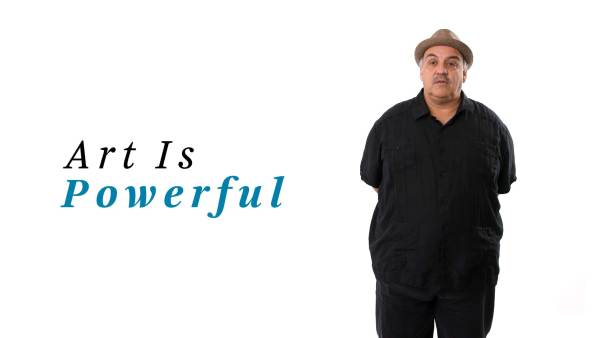
Luis Alfaro on the power of art and imagination
Art is powerful. Playwright Luis Alfaro shares how he uses art to stimulate the imaginations of those who might not be able to see a better life for themselves. He writes plays with narratives that allow people to envision themselves as free in the world.
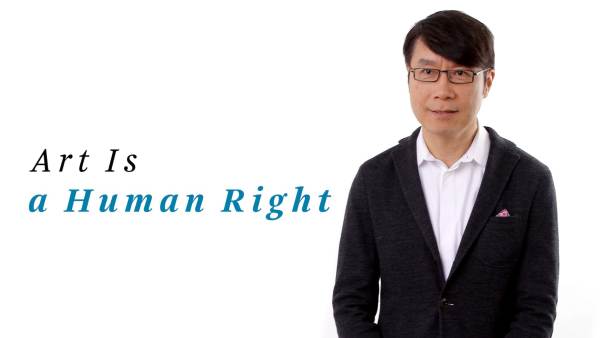
Samuel Hoi on art and human rights
Art is a way to shift reality and make an impact beyond the cultural field. Samuel Hoi cites Good Chance Theater staging shows at a refugee camp in northern France as an example of how art can uplift human rights.
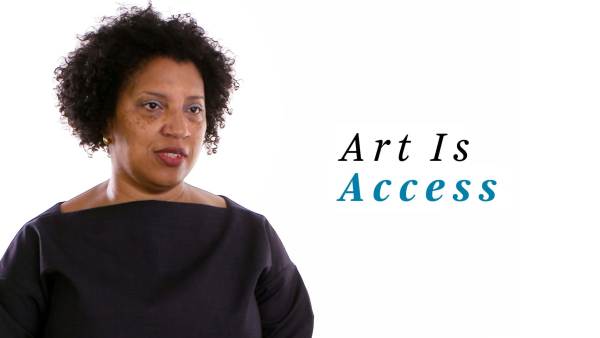
Robin Coste Lewis on how art creates access
Art can be a tool of resistance and beauty. Poet Robin Coste Lewis details how poetry helped her see her body as an aesthetic and political tool, and how art can allow marginalized communities to be seen and included.
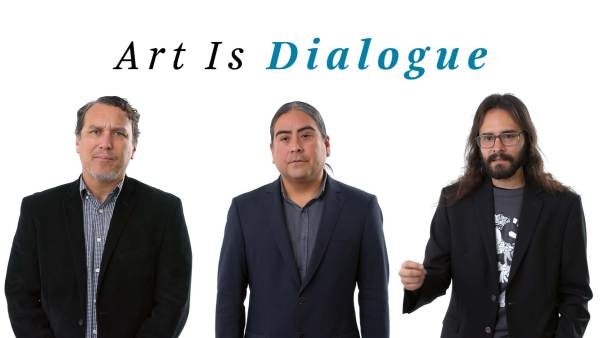
Postcommodity on using art to dialogue
Art can be used to create dialogue between people and break “us-versus-them” mentalities. The collective Postcommodity discusses how it uses art to uplift communities and ensure they have agency to communicate their own needs and desires.
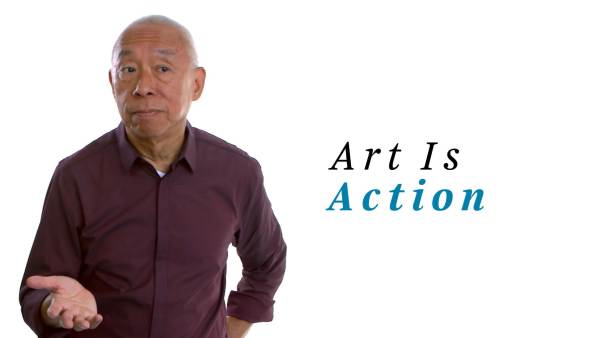
Ping Chong on using art to empower and heal
Art allows us to re-anchor into our humanity. In his work, artist Ping Chong creates spaces for ordinary citizens to speak their own truth on stage. In this way, he heals and affirms people, and helps create a society that’s more just and more humane.
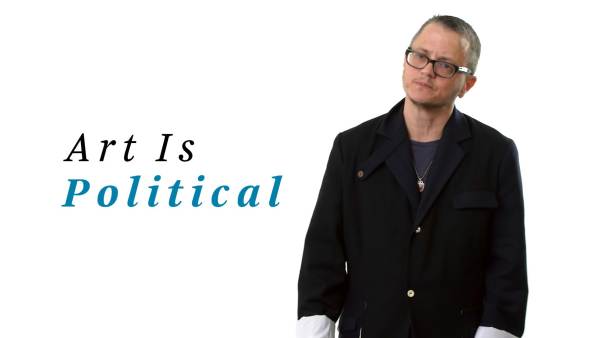
P Carl on the power of curation
Art has to be connected to the politics of our world, because it can bring us together in ways politics can’t. Theater director P Carl believes theater should be curated with the idea that everyone belongs, and in this way, it can help connect people to the issues that really matter.
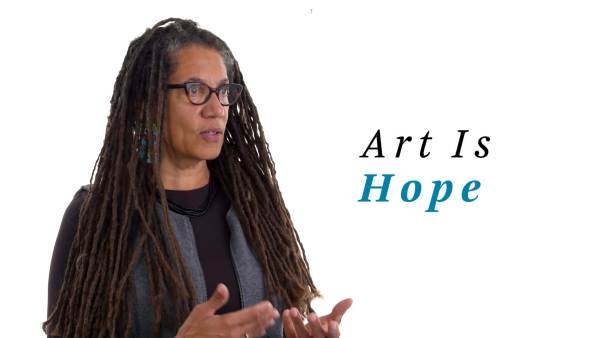
Nikky Finney on using art for change
Art can connect us across time. Poet Nikky Finney draws on stories from the past to challenge artists to continue their efforts for social change. She believes artists should heed lessons from the past and bring them into the future.

Mira Nair on cultural representation
Art gives us the ability to see other cultures and to look at the world anew. Director Mira Nair uses film to tell stories of marginalized communities that are not often represented on screen. She believes art can help people see their place in the world.

Michelle Dorrance on how tap represents social change
Art can represent social change, and tap dancer Michelle Dorrance believes the history of American culture can be seen in the history of tap—early tap dancers were catalysts for social change. By referencing the past and showing a vision for the future, dance can change the world.
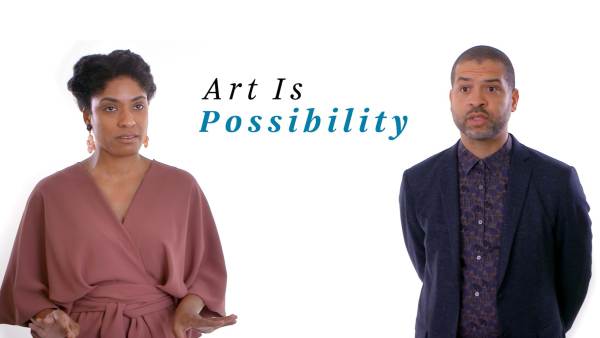
Alicia Hall Moran and Jason Moran on how art is possibility
Art has the power to make a big impact in our world. Musicians and educators Alicia Hall Moran and Jason Moran believe art has the potential to connect people and challenge inequalities. Through art, we can bridge the gap between past and present, and learn more about each other.
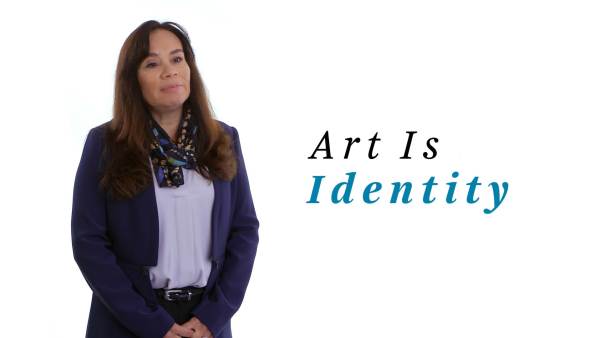
Lori Pourier on the link between art and identity
Art allows us to reveal our identities. President of First Peoples Fund Lori Pourier sees artists as changemakers in society who can help restore history and educate us about our past. In this way, artists can restore both public history and personal identity.
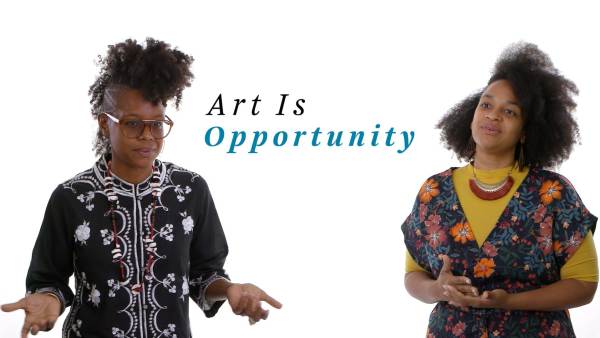
Las Nietas de Nonó on creating opportunities with art
Art gives us the opportunity to create change in communities. The art duo Las Nietas de Nonó use art to share voices of underserved communities in Puerto Rico. They believe in creating theater in alternative spaces, where people’s voices can be heard and a genuine exchange of voices takes place.
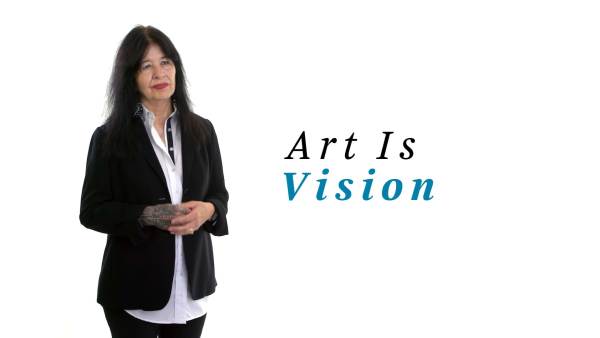
Joy Harjo on how artists have vision
Artists can give vision to a community. Poet Joy Harjo uses her art to strive for gender justice. She believes artists have a responsibility towards growing the communities they’re in, creating a vision for those around them and fostering compassion.
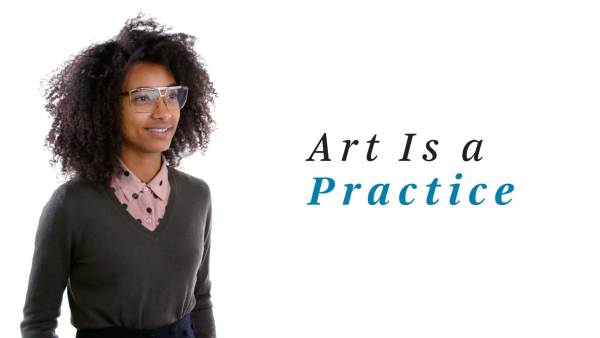
Esperanza Spalding on art as a practice
Art can help heal people. Grammy-winning musician Esperanza Spalding believes artists, through practicing their craft, can experiment and reposition their work to find the best ways to help and encourage people to transform negative situations for the better.
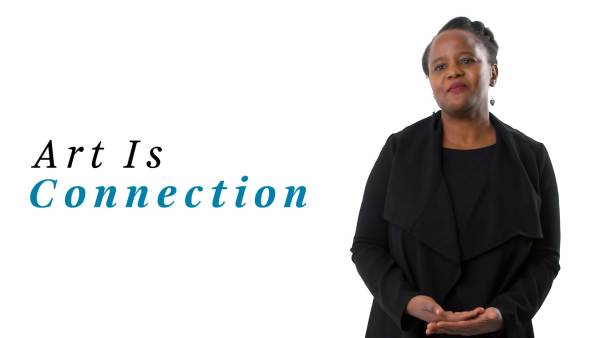
Edwidge Danticat on how literature connects us
Art can transport us to different places and connect us to each other. Novelist Edwidge Danticat uses her writing to share stories that dispel stereotypes and help foster greater understanding. She believes that breaking bias is done through sharing stories.
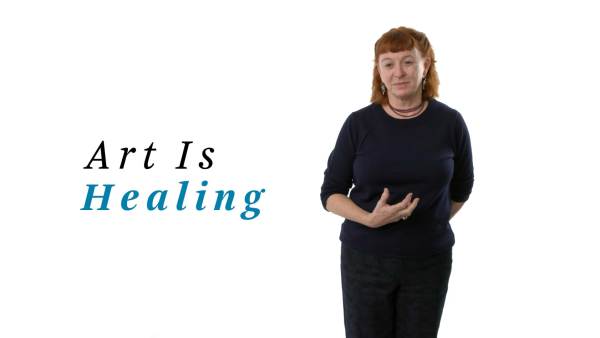
Deborah Luster on how art heals
Art encourages healing by connecting stories between people. Deborah Luster knows firsthand how art can help others heal. She channeled the pain she felt after her own loss to help bring about healing in a prison community.
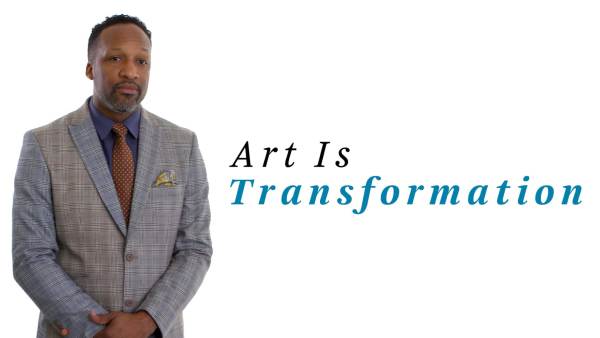
Carlton Turner on how art transforms culture
Artists are cultural strategists working to eliminate oppression and dismantle inequality, says performance artist Carlton Turner. He explains how artists take community work and engage in social transformation by giving voice to those who’ve been disenfranchised. Communities can shift because of the work artists are doing.